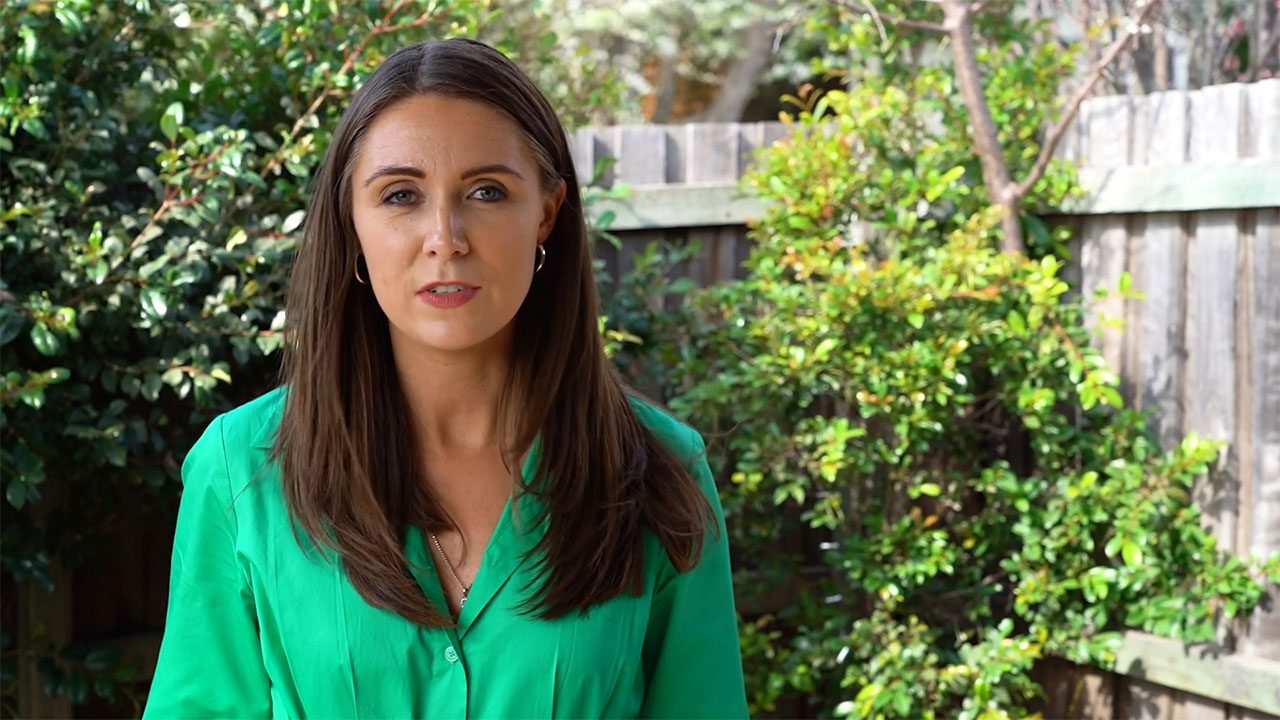This article is from the Australian Property Journal archive
THE Queensland government’s Homes for Queenslanders housing plan will see a further $3.1 billion invested into addressing the state’s housing crisis.
Homes for Queenslanders is a five-pillar plan covering both the social sector and the private market and marks the single largest investment ever made in state’s housing system.
Pillar one of the housing plan aims to “Build More Homes Faster” with a target to build 1 million new homes by 2046, including 95% in the private housing market.
Pillar two centres around providing greater support to renters.
The state government is delivering a priority relief package for Queensland renters to support more people staying within the private market rather than having to rely upon the social housing system.
$160 million is set to be invested in a Renters Relief Package over five years, with Extra funding and expanded eligibility for more than 20 products and services.
With the government committing to funding bond loans, establishing a portable bonds scheme and banning rental bidding, as well as increasing the duration of the Rental Security Subsidy for all households.
A Bridging Bond Loan product will also be introduced to assist households to afford the upfront cost of a new bond, pending release of their old bond.
“More than one in three Queenslanders rent, which is why renters rights and supports are at the core of our Homes for Queenslanders plan. Our plan makes sure Queensland renters get a fair go and have the supports they need to ease the cost of keeping a roof over their head,” said Steven Miles, premier.
“Through this package, we hope to ease the cost of getting into a home and help renters to save the money they need for a house deposit.”
Pillar three will provide additional support to first home buyers, doubling the Queensland First Home Owner Grant to $30,000.
This in addition to a Queensland Home Finance Loan Pilot supporting Queenslanders living in regional locations.
Pillar four will see Queensland’s Big Build grow even bigger with an additional 1.25 billion in additional funding and a new target of 53,500 new social homes across the state by 2046.
The new target will see the state government increase its public and community housing delivery to more than 2,000 homes on average per year.
“Queenslanders have already seen us work with industry to find new ways to build homes faster – including social homes – and we’ll be working with them closely to program another 53,500 over coming decades,” said Meaghan Scanlon, housing minister.
“Experts have said this is an issue that’s been decades in the making, and that it requires a long-term plan to solve it. Homes for Queenslanders does just that.”
The additional $1.25 billion in funds adds to the $6 billion investment in social and affordable housing the state government has already committed to.
Queensland will also continue to partner with the federal government to secure funding to deliver this target via the Social Housing Accelerator and the Housing Australia Future Fund.
“I made it clear that in order to address our state’s housing need any plan needs to address five key housing pillars – one of those being a boost to social housing,” said Miles.
“This will be the most ambitious social housing program in recent history. We won’t waste any time getting to work because vulnerable Queenslanders deserve a safe place to call home.”
The final pillar will see the government provide a 20% uplift in Queensland’s homelessness services.
This will begin with the expansion of the inner-city Brisbane Critical Response Team to all regions from this month (February).
“Dedicated teams will work on the ground with people who are experiencing homelessness and work alongside specialist homelessness services. My goal is to have offered shelter to every single Queenslander sleeping rough,” said Miles.
“I understand the importance of having a place to call home. Having our own home gave me and my family security, stability and a sense of pride. Kids growing up in Queensland today should have the same opportunity as I did to buy a house.”




